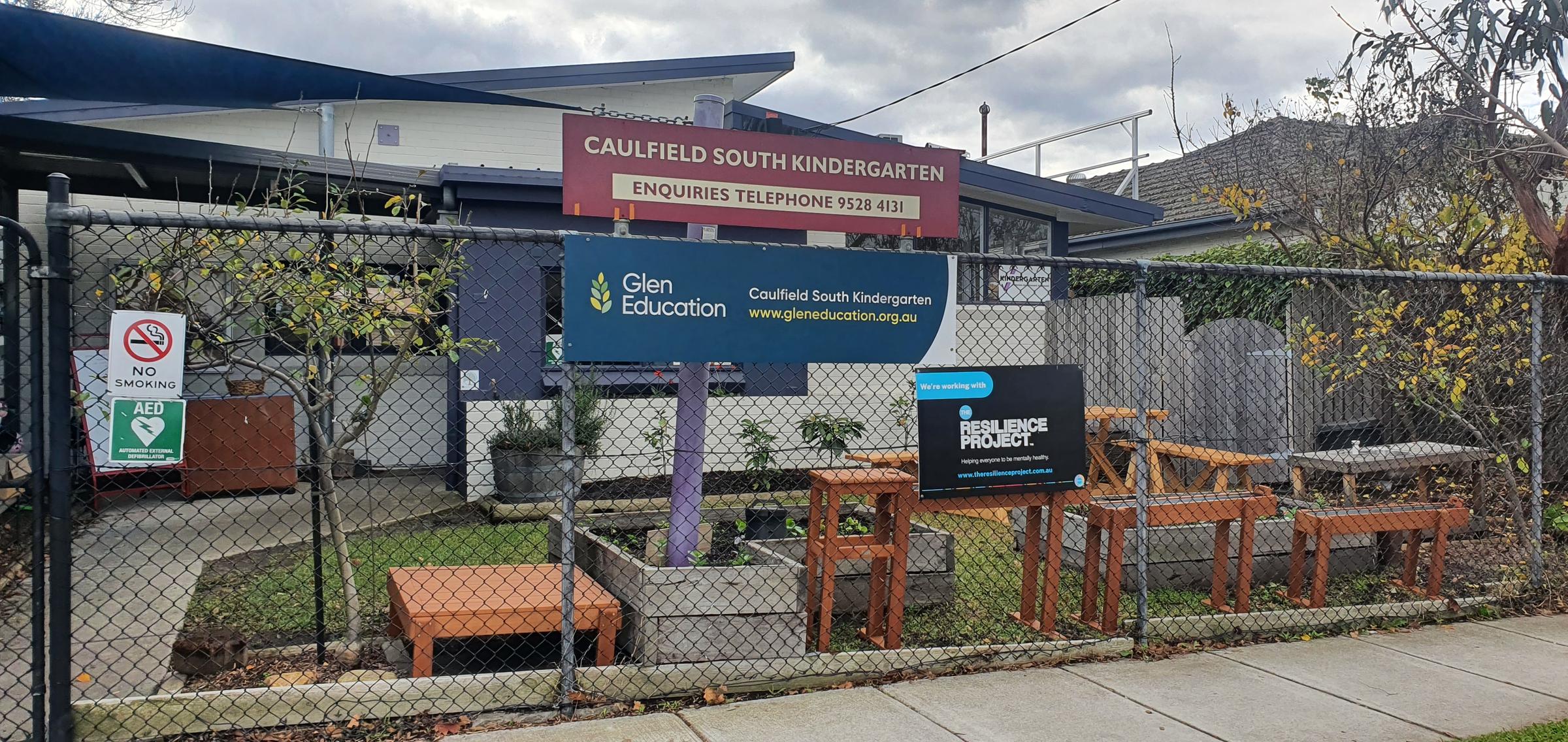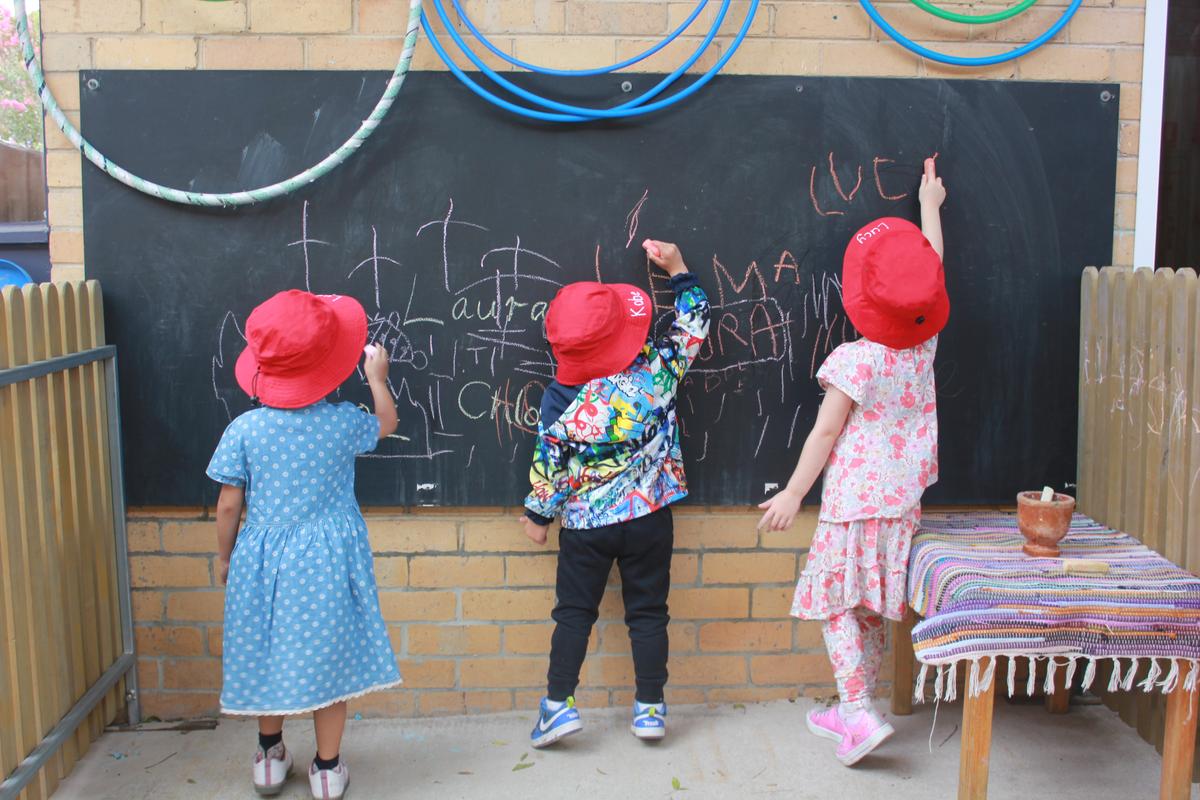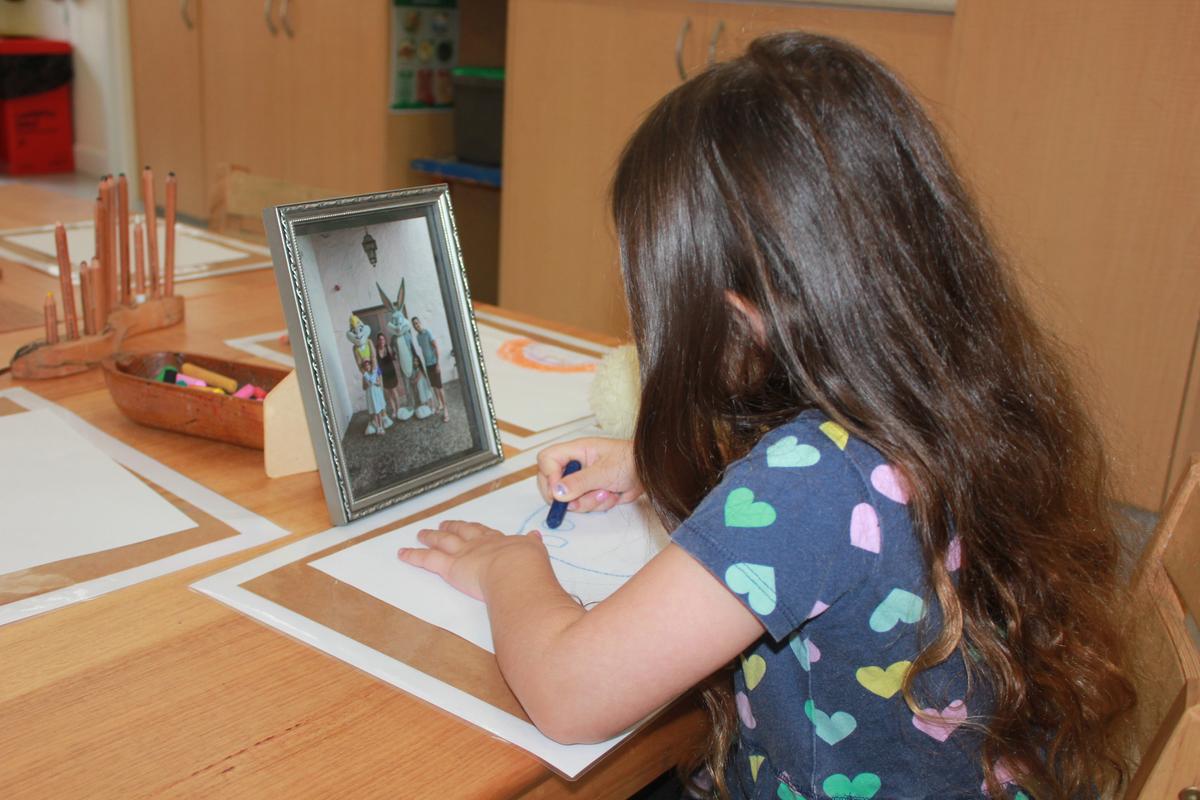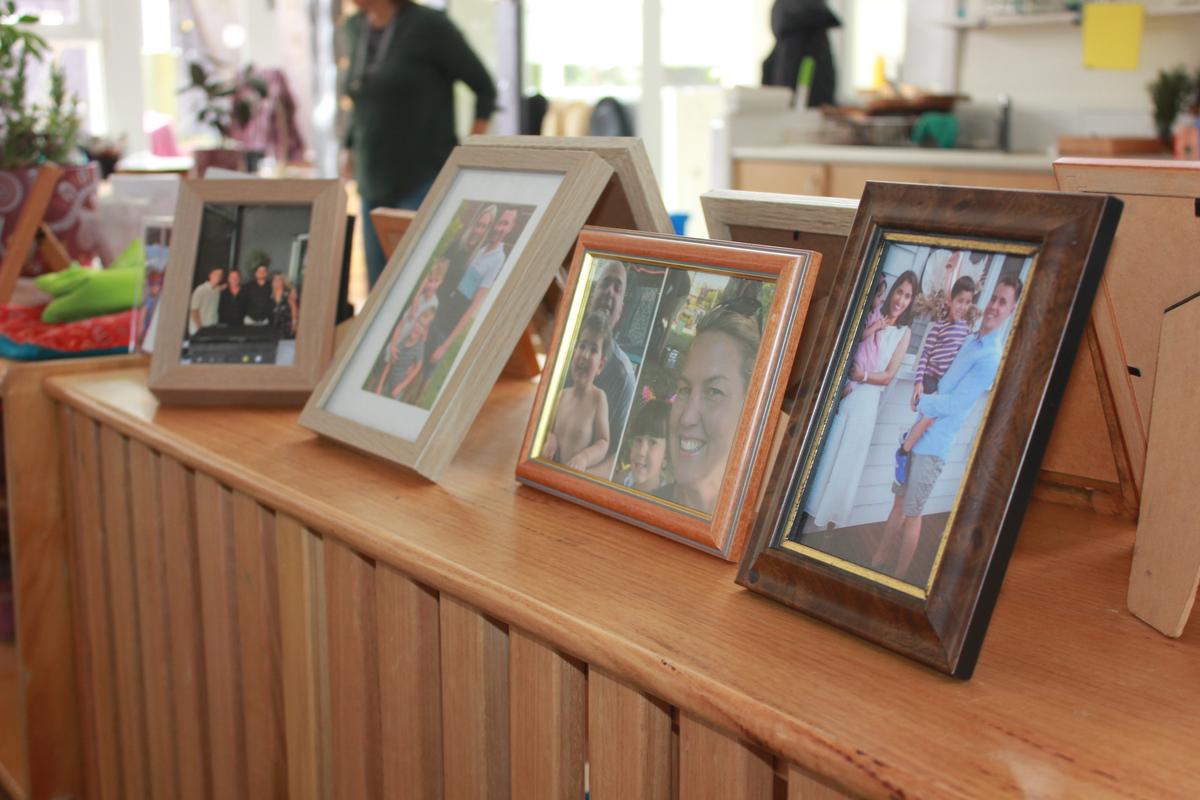Glen Education Caulfield South

Environments which offer Opportunities for Learning
Claire McIver, Early Childhood Teacher
At Glen Caulfield South Kindergarten, the environment plays an important role in children’s learning and development. The physical environment, including the layout, materials, and organisation of the space, help children feel safe and comfortable, promote exploration and discovery, and support their social and emotional development. The teaching team carefully plan and design the space in a way that encourages children’s curiosity and creativity, encourages children to problem solve, and to enhance communication abilities. In this way the environment acts as a co-educator, facilitating and supporting the learning.
The environment offers many opportunities for children to explore and discover new things. By providing them with a rich and stimulating environment, children are encouraged to engage in active exploration. Low shelving filled with open ended materials that could be used in a myriad of ways allows children to access materials and embrace their creative thinking. We aim to provide children with an understanding that they are free to pursue their own interests through their play. The environment communicates to children that they can be in the driving seat for their own learning and development.
The environment is thoughtfully planned to encourage social interaction between children, and between adult and child/ren. Through social engagement children learn how to communicate, negotiate, and work collaboratively. A board game on a table with four chairs is a considered space, that allows a small group to come together. Board games help children to learn about turn taking, to engage in communication and to build good sportsmanship. The smaller group size provides the appropriate space and time for children to build these skills and participate with success.
Educators are continually listening to and observing children’s engagement in the environment. As educators discuss their observations of children, we can adapt the environment to respond to the needs of the children. For example, the educators had noticed that the children were moving back and forth from the drawing table to the art table as their ideas for their creations were expanding. The educators decided to move the drawing table to be situated next to the art table, creating a larger space for creative expression. This change has impacted how the children are using the new space. We are seeing more social collaboration and interaction between children, as they come together to co-construct their creations.
Framed family photos are another example of a considered decision for the kindergarten environment. Children can move these around the room for various reasons. A child who is missing their parent may carry their photo around with them as they play. A child may take their family photo to the drawing table to draw a family portrait. Children may bring their family photos to cubbies, and the home corner as they play home life scenarios together. Finally, children use their photos to share information about themselves with their friends and teachers.
If any families have any further ideas for the kindergarten learning environment, please reach out to your child’s teaching team.




